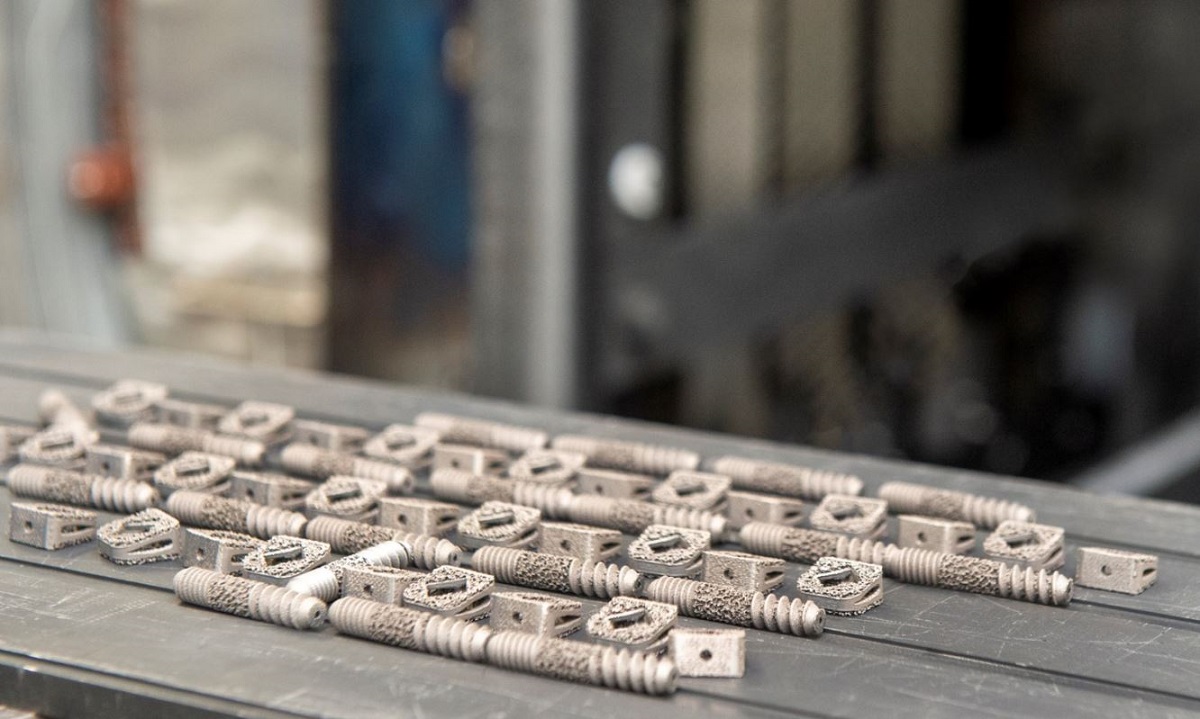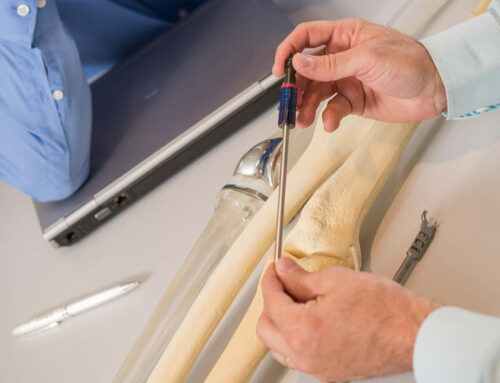Stefano Rappo, R&D Project Manager at Lincotek Medical, looks at the challenges of scaling up in the world of additive manufacturing.
Join us for our upcoming webinar on February 18th
January 20, 2021 | When talking to orthopedic OEMs, we see a familiar dilemma: they need to decide whether to embark on the additive manufacturing (AM) journey as a serial high-volume operator or whether they should outsource the endeavor.
Of course, while purchasing AM equipment brings its own financial burdens and a level of commitment, there is a real challenge when it comes to scaling up to volume production.
Here at Lincotek, we have championed innovation in additive manufacturing solutions since 2006. Our medical division, which is entirely dedicated to orthopedic implants, is in a perfect position to offer advice, 3D-printing over one hundred thousand devices per year with best-in-class yield rates, material consumption and unit costs. As you can imagine, we’re not in the slightest bit daunted by the process of scaling up. And we’re happy to work alongside you if you’re expanding your production.
So, what are the issues that you need to consider?
Well, regulatory authority guidance on machine validation – especially from the FDA – is perhaps the first thing to consider. There are many questions to be answered in line with their guidance document.
CAD files and support structures are an important area of consideration too. But one of the most neglected questions when considering additive manufacturing is stress relief and the required heat treatment (HT). The validation process here with HT or HIP (Hot Isostatic Pressing) is essential and running a HT process around the clock is critical, as you really can’t afford anything to go wrong. Whole batches can potentially go to scrap if you miscalculate.
It’s important to remember that all machines are different – even those produced by the same vendor, so you need to understand the tuning process if you want your parts to turn out statistically equivalent. And what about post-processing? It can be one of the key bottlenecks in using additive manufacturing as an industrial process. The technology requires its own set of post-processing solutions, with as much automation as possible, to enable viable use of AM in production.
It’s certainly a complex world and that’s before we’ve even discussed making effective use of the data from input and process monitoring or managing patient-specific implant manufacturing. We genuinely believe, however, that with Lincotek at your side, you can go on the journey from powder to ready-to-use part and learn how to control the whole supply chain.
Want to find out more? Join us for our upcoming webinar







